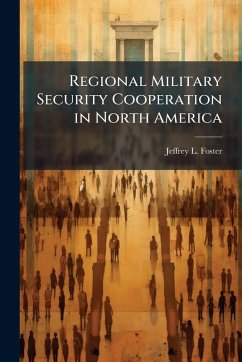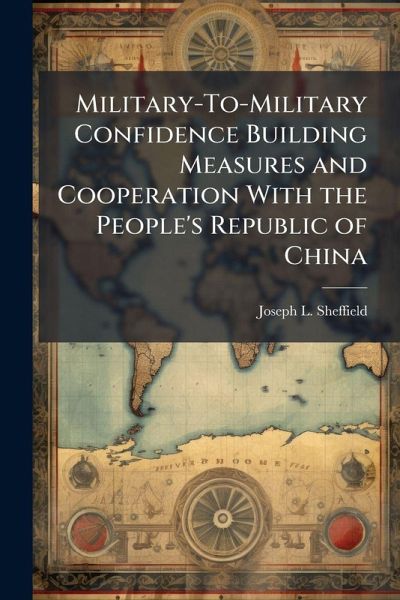
Military-To-Military Confidence Building Measures and Cooperation With the People's Republic of China

PAYBACK Punkte
7 °P sammeln!
The United States and China are central players in international security for the 21st century. Unfortunately, their current security relationship is one of suspicion and mis-understanding. The Sino-American military-to-military relationship will either be a catalyst, or a stumbling block, for improving global security in the future. This paper focuses on military-to-military confidence building measures and cooperation initiatives to improve bilateral and ultimately international security. Without effective confidence building measures to improve communication, transparency, and verification,...
The United States and China are central players in international security for the 21st century. Unfortunately, their current security relationship is one of suspicion and mis-understanding. The Sino-American military-to-military relationship will either be a catalyst, or a stumbling block, for improving global security in the future. This paper focuses on military-to-military confidence building measures and cooperation initiatives to improve bilateral and ultimately international security. Without effective confidence building measures to improve communication, transparency, and verification, the U.S-China security relationship will remain volatile and unpredictable. A systematic military-to-military cooperative agreement comprised of exercises and contingency operations will also assist in dissipating current misperceptions. These actions will strengthen U.S.-China security relations, improve U.S. national security, and ultimately benefit the entire international security community. This work has been selected by scholars as being culturally important, and is part of the knowledge base of civilization as we know it. This work was reproduced from the original artifact, and remains as true to the original work as possible. Therefore, you will see the original copyright references, library stamps (as most of these works have been housed in our most important libraries around the world), and other notations in the work. This work is in the public domain in the United States of America, and possibly other nations. Within the United States, you may freely copy and distribute this work, as no entity (individual or corporate) has a copyright on the body of the work. As a reproduction of a historical artifact, this work may contain missing or blurred pages, poor pictures, errant marks, etc. Scholars believe, and we concur, that this work is important enough to be preserved, reproduced, and made generally available to the public. We appreciate your support of the preservation process, and thank you for being an important part of keeping this knowledge alive and relevant.




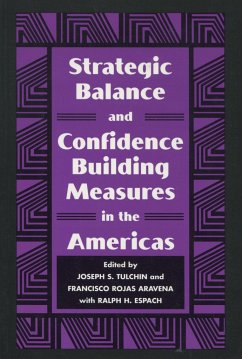
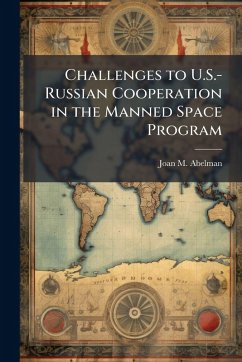

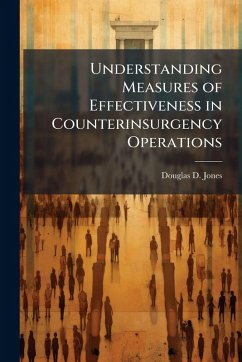

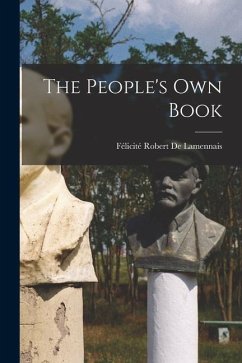
![The People's Almanac [microform]: a Compilation of Facts and Figures for the Consideration of the Electors of Canada Cover The People's Almanac [microform]: a Compilation of Facts and Figures for the Consideration of the Electors of Canada](https://bilder.buecher.de/produkte/66/66187/66187288n.jpg)
